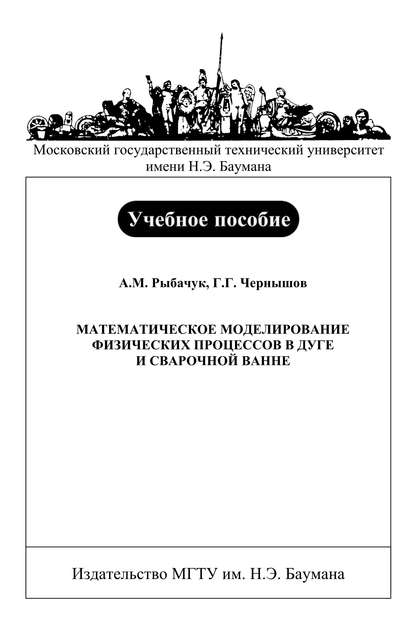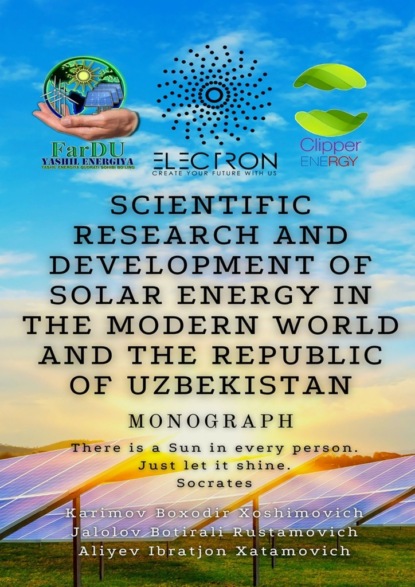Книга "Интеграция распределенной генерации в электросистему" посвящена вопросу интеграции новых источников энергии, таких как ветровая и солнечная энергия, маломощные генераторы и совмещенное производство тепла и электроэнергии в электросеть. Этот процесс оказывает влияние на многих заинтересованных сторон: сетевые компании (как распределительные, так и передающие), владельцы и операторы генерирующих установок, другие конечные пользователи электросети (включая обычных потребителей, как вы и я), а также регуляторы и законодатели. Существует много недопонимания относительно того, как распределенная генерация влияет на электросеть. Одна сторона (в основном, но не все сетевые компании) утверждает, что скоро гаснуть света, тогда как другая сторона (включая некоторых операторов распределенной генерации и большую часть общественности) утверждает, что нечего беспокоиться, и что все это заговор крупных производственных компаний, которые хотят защитить свои интересы и сохранить высокую цену на электроэнергию. Авторы книги считают, что такой подход к такой важной теме, как интеграция новых, более экологически чистых источников энергии в электросеть, неправильный. Цель этой книги - привнести ясность в дебаты и позволить всем заинтересованным сторонам найти решение вместе. В этой книге будут представлены систематические и прозрачные методы для количественной оценки влияния распределенной генерации на электросеть.
The integration of distributed generation in electrical energy networks, supervised by Bollen, examines the effective integration of different renewable types of energy, including wind energy, solar energy and small capacity generating units, while taking into account their integrated use of heat. It also focuses on the incentives and challenges affecting all parties involved, including network organisations (both local transmission and distribution), owners and managers of distributed generators, and even ordinary users of electrical networks and policy-makers. Nonetheless, this text remains predominantly critical of how DG is perceived by different groups, both involving network providers asserting chancy suspension, whilst other groups belief there's nothing to fret about given that bigger industrial firms appear to be the prime safeguards against any disruption of the energy source's access to the electrical network. According to the authors, this risk assessment and behaviour have resulted in making incorrect judgments about one such crucial topic: its role in integrating cleaner sources into electrical networks.
This book focuses on how new distributed energy sources are being integrated into electrical networks to produce cleaner energy. It aims to fill the gap in understanding created by networks, energy providers, end-customers and policy makers. Authors take a balanced approach and look at how misunderstandings can cause unnecessary concern. Methods to accurately quantify the impact of renewable energy are presented.
Электронная Книга «Integration of Distributed Generation in the Power System» написана автором Bollen Math H. в году.
Минимальный возраст читателя: 0
Язык: Английский
ISBN: 9781118029015
Описание книги от Bollen Math H.
The integration of new sources of energy like wind power, solar-power, small-scale generation, or combined heat and power in the power grid is something that impacts a lot of stakeholders: network companies (both distribution and transmission), the owners and operators of the DG units, other end-users of the power grid (including normal consumers like you and me) and not in the least policy makers and regulators. There is a lot of misunderstanding about the impact of DG on the power grid, with one side (including mainly some but certainly not all, network companies) claiming that the lights will go out soon, whereas the other side (including some DG operators and large parks of the general public) claiming that there is nothing to worry about and that it's all a conspiracy of the large production companies that want to protect their own interests and keep the electricity price high. The authors are of the strong opinion that this is NOT the way one should approach such an important subject as the integration of new, more environmentally friendly, sources of energy in the power grid. With this book the authors aim to bring some clarity to the debate allowing all stakeholders together to move to a solution. This book will introduce systematic and transparent methods for quantifying the impact of DG on the power grid.



















